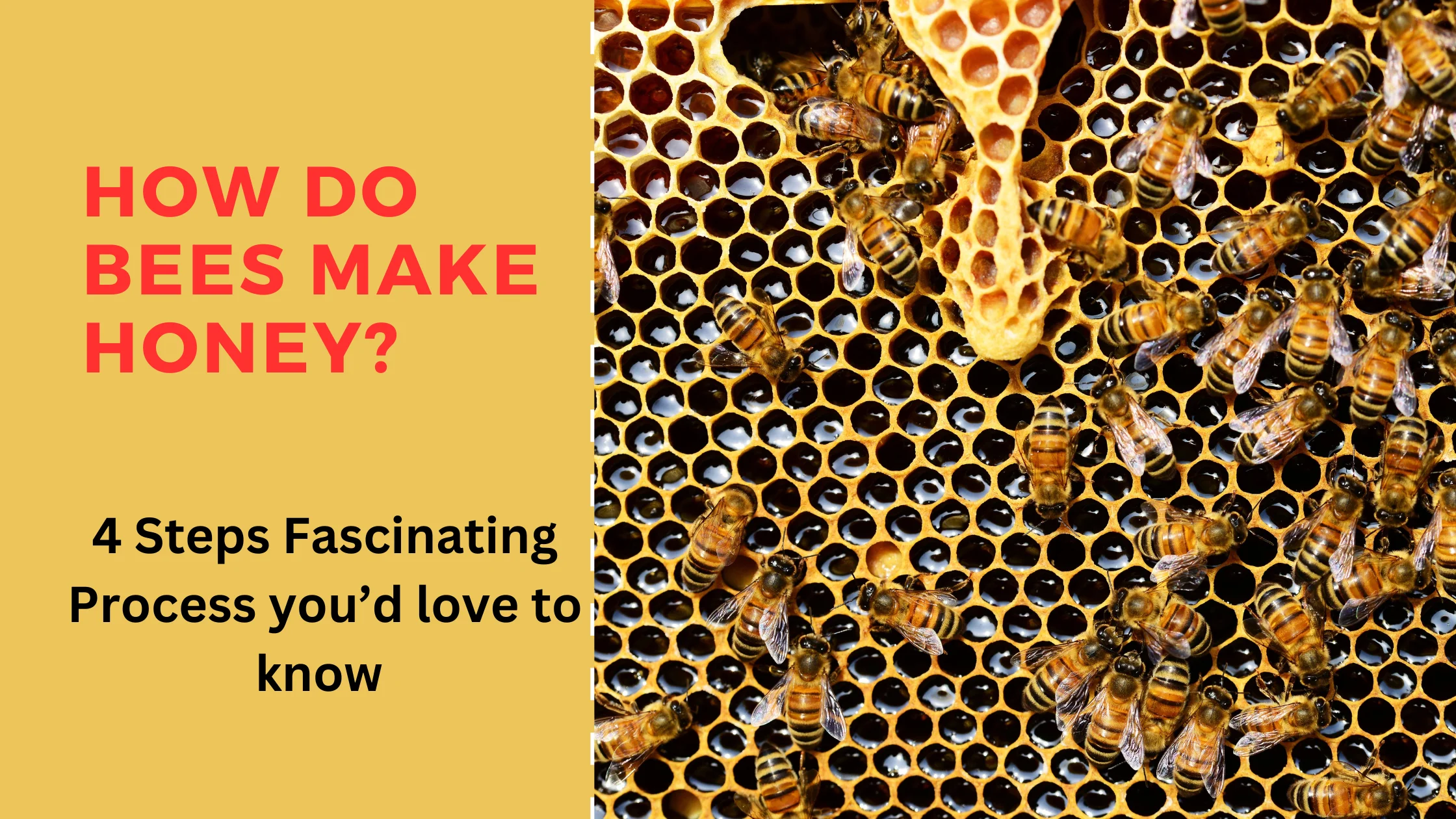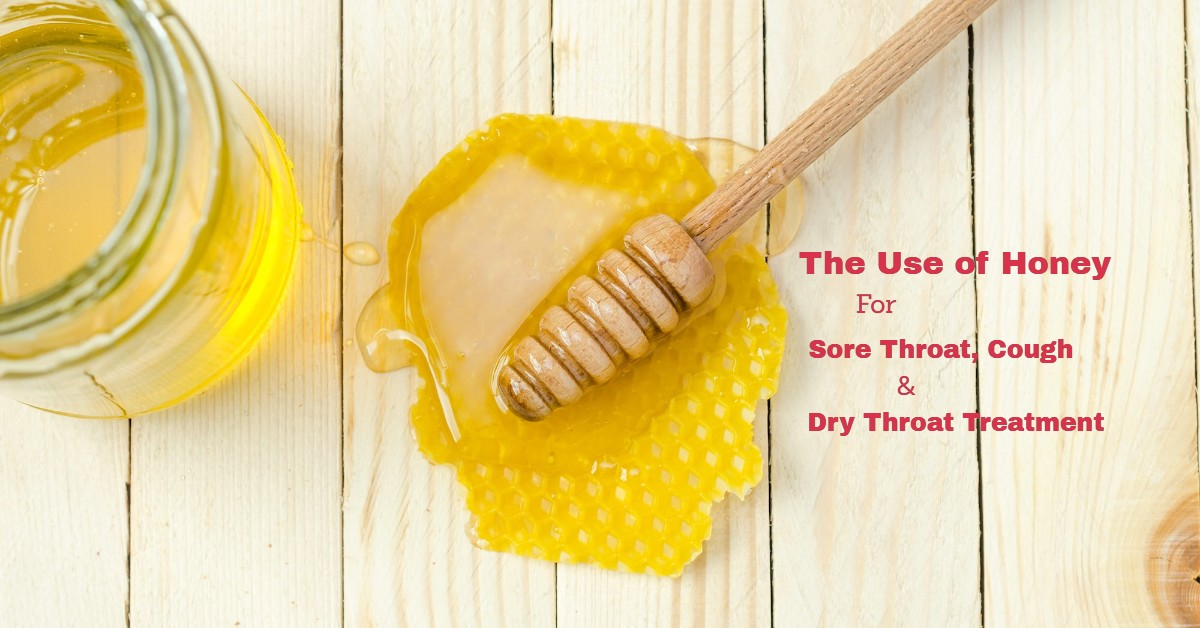
How do bees make honey step by step? Simple Explanation
Everyone loves eating sweet, delicious honey, and it has been consumed by humans on planet Earth as medicine and food,

Raw honey is the honey in its most natural state, which means it comes straight from the honeycombs and then strained through a cloth mesh to separate the excessive wax and pollen and then filled into the jars. As this honey is not heated during the extraction, all the enzymes, vitamins, and minerals in it remain safe. Unlike pasteurized honey, raw honey might appear cloudy because it has traces of beeswax and pollen grains, and it can crystallize sooner than regular honey.
Famous brands and big food companies heat treat raw honey through a process called pasteurization, which makes honey look very clear and extends its shelf life, reducing the chances of crystallization/solidifying of honey for a long time. Exposing honey to high temperatures might degrade the natural enzymes and antioxidants present in the honey. Pasteurization also changes the flavor of the honey.
Raw Honey comprises water and carbohydrates, i.e., glucose and fructose. Water holds these two in suspension to make honey look like a drippy liquid. As glucose is less water soluble and water cannot keep it longer in suspension, the honey crystallizes after some time. The kinds of honey that have higher glucose content than fructose will crystallize faster, and those with higher fructose content will crystallize very slowly or may never crystallize. So, it depends upon the origin of the honey; some crystallize faster, like mustard honey, sunflower honey, or the most expensive manuka honey, and some crystallize very slowly, like Sidr honey or Robinia honey. Crystallization of honey is a natural phenomenon, and it does not affect the quality of the honey. It does not mean that any sugar is added to the honey, but it assures that the honey is raw and of high quality.
You can eat crystallized honey as it is still very delicious, but if you want to change it back to liquid, place the honey jar in the sunshine for a few hours or put it in warm water till it decrystallizes.
Honey never spoils. Honey stored in sealed containers remains edible for years or even decades. Honey has a very low water content, typically less than 18%, and an acidic pH, making it difficult for bacteria and other microorganisms to grow. Archeologists found honey in ancient Egyptian tombs, which was still edible after 3000 years.
The color of the honey depends upon the type of flowers bees visit to collect nectar. Honey color varies from clear/almost transparent to dark brown. Typically, light-colored honey has a milder taste, while dark-colored honey has a stronger and richer flavor.
You should store honey at room temperature away from direct sunlight and ideally in a dark location like a cupboard. Honey should always be kept in a jar with an airtight lid. Please don't refrigerate the honey.

Everyone loves eating sweet, delicious honey, and it has been consumed by humans on planet Earth as medicine and food,

Does winter’s chill bring a sore throat and cough you can’t cure? If so, relax because you have come to